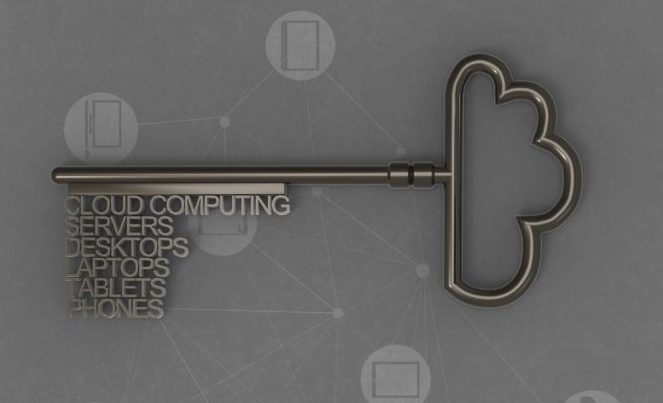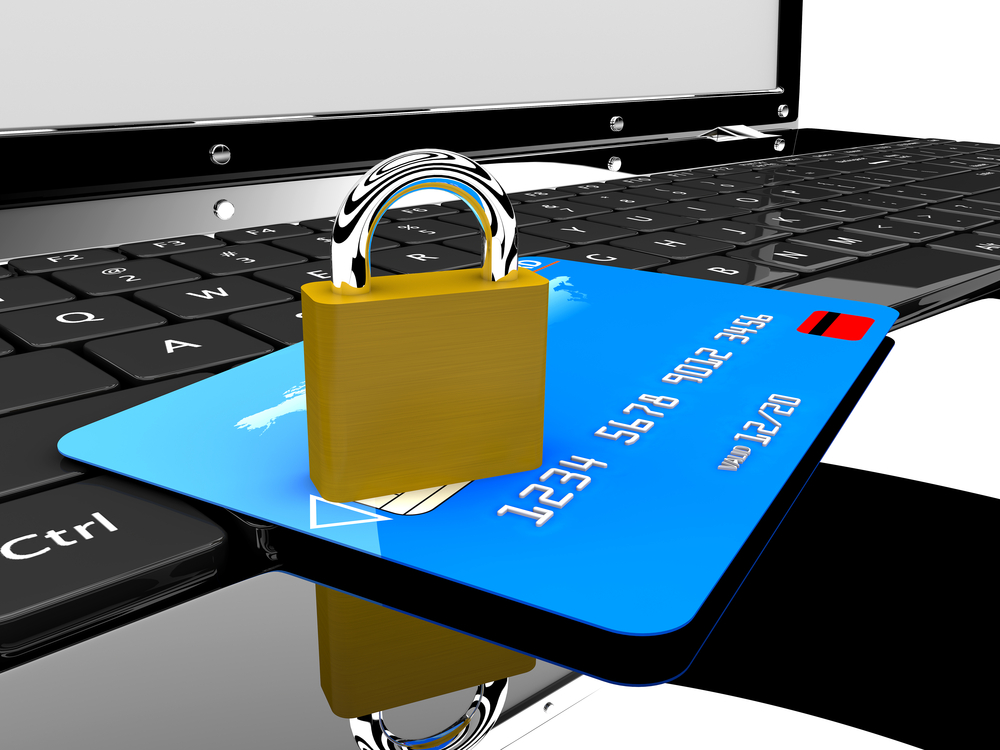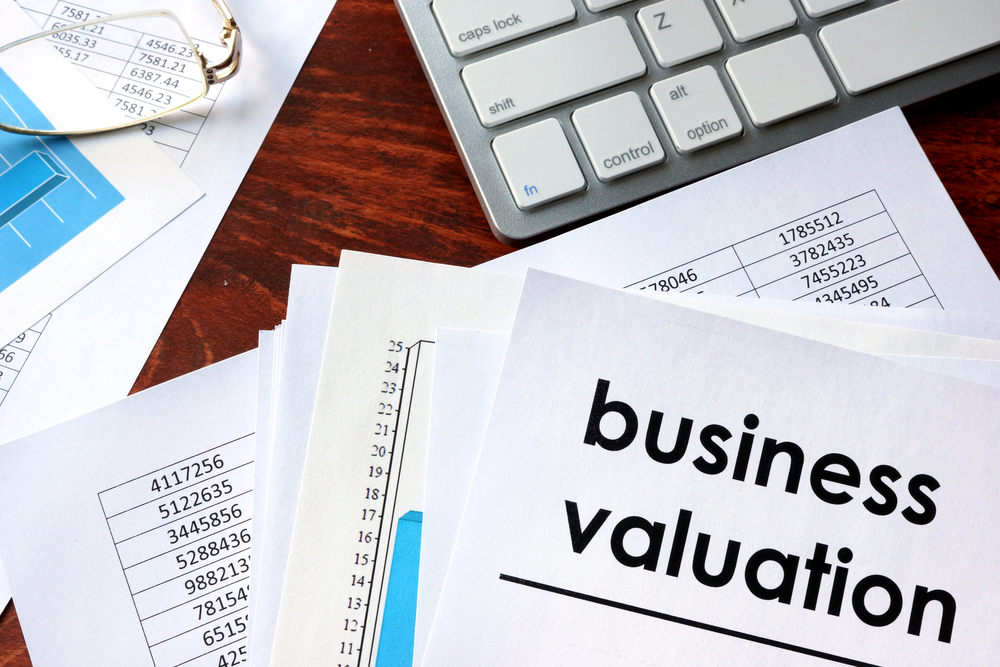Category: E-COMMERCE
-
FAQ: How to Get Approved for a US Merchant Account as a Non-Resident
One of the most frequent questions we’ve gotten (or at least one of the more interesting questions) recently was, “how do I get approved for a US merchant account as a non-US resident?” We understand the struggle and payment processors don’t make it so apparent when filing the application. You could be doing great in your…
Written by

-
Is Your PayPal Account Frozen? Here’s What You Need to Do to Get Your Funds
There’s no doubt that PayPal is a convenient choice for businesses and shoppes, alike. The ability to store a mix of payment methods allows buyers to spend from any source, making the checkout process that much faster. And for businesses, it almost seems like a sure-fire way to receive payment. If a customer’s bank is…
Written by

-
Why Consumer Data is Valuable to Both Businesses and Consumers
Data has become synonymous with breaches of privacy in recent years. The fear consumers have of their personal data being shared, used, and sold across the world is unappealing. It doesn’t help that so many big tech, and big data, companies like Microsoft and Amazon have exposed customer information in one way or another. Consumer…
Written by

-
When Stripe Becomes a Liability – The Limits of Processing Transactions
Stripe is easily one of the world’s go-to solutions for online payments. Customers know the payment gateway, merchant’s get a simple signup and fast activation, and both sides can benefit from Stripe’s security. But there’s a downside to using Stripe: payment processing limits. Depending on your industry and how much you process, you could fall victim…
Written by

-
Company Valuations Part 1: What Makes a Subscription Business Sellable
At some point in every business owner’s life, they’ll want to sell their business. Whatever the reason is, each proprietor comes to this conclusion eventually. It’s good practice to know what makes a business sellable, especially a business is your vertical, long before you reach the point of sale. This way, you can prepare yourself…
Written by
